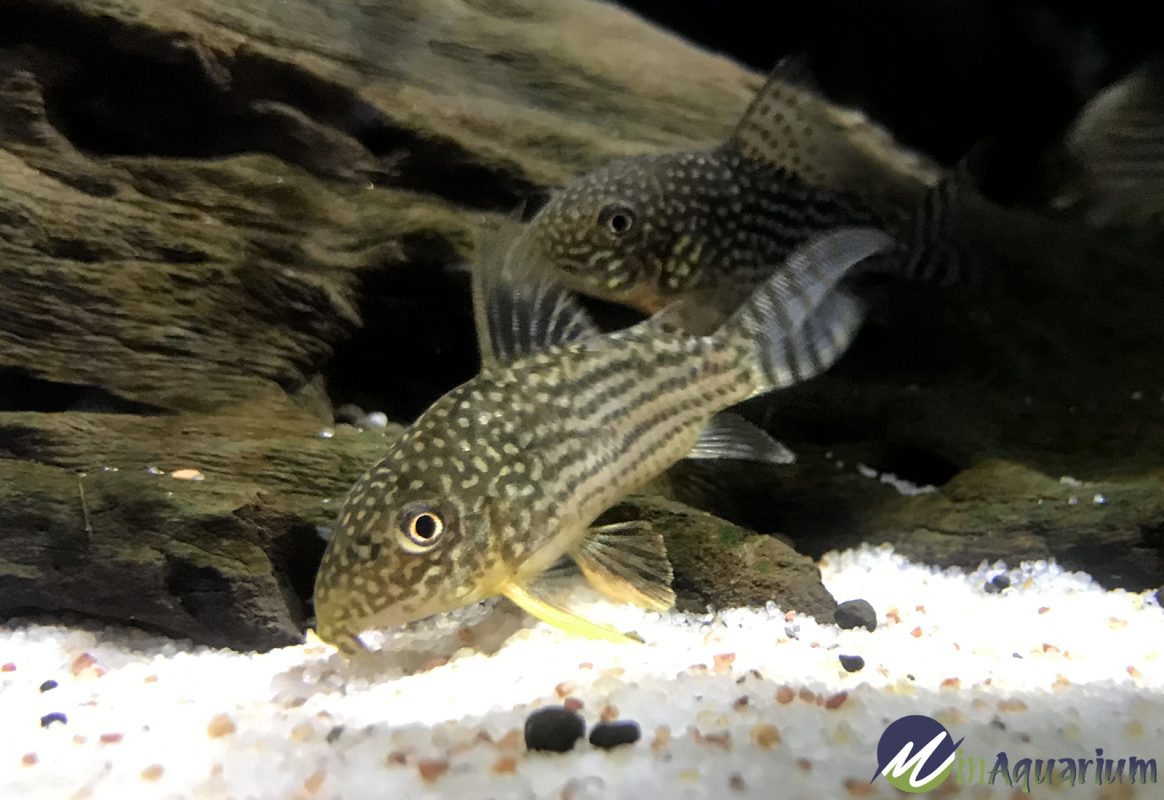Blogs
Corydoras haraldschultzi: A Comprehensive Guide to the Schultz’s Cory Catfish
Embark on a journey into the captivating world of Corydoras haraldschultzi, a stunning tropical freshwater fish renowned in the aquarium trade for its alluring appearance and intriguing behavior. Dive deep into its habitat, physical characteristics, care requirements, breeding habits, and more to unravel the secrets of this enchanting species.
Distribution and Habitat of Corydoras haraldschultzi
Natural Range and Environment
Corydoras haraldschultzi finds its home in the serene waters of South America, specifically in the Rio Guaporé of Brazil and Bolivia. This bottom-dwelling species thrives in tropical freshwater environments, inhabiting riverbeds and streams with clear water, dense vegetation, and a soft substrate.
Water Parameters
To mimic its natural habitat in the aquarium, provide ideal water parameters that cater to its physiological needs:
- pH: 6.0 – 8.0
- Water hardness: 2 – 25 dGH
- Temperature: 75 – 83 °F (24 – 28 °C)
Feeding Habits
Corydoras haraldschultzi exhibits an omnivorous diet, scavenging for worms, benthic crustaceans, insects, and plant matter. Supplement this diverse diet with a variety of foods in the aquarium, including granular foods, frozen bloodworm, and high-quality flake.
Physical Characteristics and Coloration
Distinctive Shape and Anatomy
Corydoras haraldschultzi bears the typical triangular shape of Corydoras, characterized by a pointed head and long snout. Its body is slightly deeper than other Corydoras species, with a dorsal fin featuring 7 to 8 soft rays.
Striking Coloration
This species flaunts a light base with eye-catching dark-colored markings adorning its body and head. Orange hues grace its pectoral and ventral fin spines, adding a vibrant touch to its overall appearance.
Sexual Dimorphism
Males of Corydoras haraldschultzi are more slender than females, while females become larger and plumper as they mature.
Aquarium Care and Compatibility
Aquarium Setup
Create a community aquarium environment that suits its needs, accommodating a small group of six or more individuals. Choose a tank size of 24” x 15” X 12” or larger for a small shoal. Provide shelter in the form of rocks or bogwood, and enhance the aesthetics with aquatic plants.
Water Quality and Maintenance
Maintain pristine water quality to ensure the well-being of Corydoras haraldschultzi. Regular water changes of up to 50% are crucial to remove waste and keep the environment healthy.
Compatibility
Corydoras haraldschultzi cohabits harmoniously with a variety of peaceful species, including tetras, rasboras, guppies, and dwarf cichlids. Avoid housing them with aggressive or fin-nipping species.
Breeding Habits of Corydoras haraldschultzi
Reproductive Cycle
Adult Corydoras haraldschultzi do not guard their eggs. Spawning in captivity entails the female dropping eggs into her ventral fin pouch, which are then placed at a previously cleaned site where they adhere to the substrate.
Fecundity
The fecundity of Corydoras haraldschultzi varies, with females typically laying between and 100 eggs. The incubation period lasts approximately five to six days at the correct temperature.
Larval Development
Upon hatching, larvae are free-swimming and feed on infusoria. As they grow, they transition to a benthic lifestyle, foraging on the bottom of the aquarium.
Etymology and Nomenclature
Origin of the Name
The genus name “Corydoras” stems from the Ancient Greek words “kory’s” meaning “helmet” and “doras” meaning “skin, hide of an animal”, referring to the rows of bony plates on the flanks of genus members. The specific epithet “haraldschultzi” honors German ethnologist, fish collector, and trader Harald Schultz.
Common Names
Due to its distinctive appearance and habitat, Corydoras haraldschultzi carries several common names, including:
- Schultz’s Cory
- Leopard Cory
- Tiger Cory
- Spotted Cory
Aquarium FAQs for Corydoras haraldschultzi
Frequently Asked Questions and Answers
Q: What is the ideal group size for Corydoras haraldschultzi in an aquarium? A: Aim for groups of six or more individuals for optimal social behavior.
Q: How often should the water be changed for a Corydoras haraldschultzi aquarium? A: Perform weekly water changes of up to 50% to maintain pristine water quality.
Q: Can Corydoras haraldschultzi be kept with other fish species? A: Yes, they can harmoniously cohabit with peaceful species, such as tetras, rasboras, and guppies.
Conclusion
Corydoras haraldschultzi captures the imagination with its striking coloration and gregarious behavior, making it a coveted addition to any community aquarium. Its hardiness and ease of care further enhance its popularity. By adhering to the specific care requirements, Corydoras haraldschultzi will thrive and delight aqu enthusiasts with its captivating presence.
Summary of Key Takeaways
- Corydoras haraldschultzi inhabits the Rio Guaporé in South America, preferring tropical freshwater environments.
- Its distinct shape and bold coloration make it an eye-catching species.
- Provide a community aquarium with proper shelter, water parameters, and tank size for optimal well-being.
- Corydoras haraldschultzi exhibits specific breeding habits, with females dropping eggs into their ventral fin pouch.
- The etymology of the name reflects its physical characteristics and honors German ethnologist Harald Schultz.
- Common names include Schultz’s Cory, Leopard Cory, Tiger Cory, and Spotted Cory.

